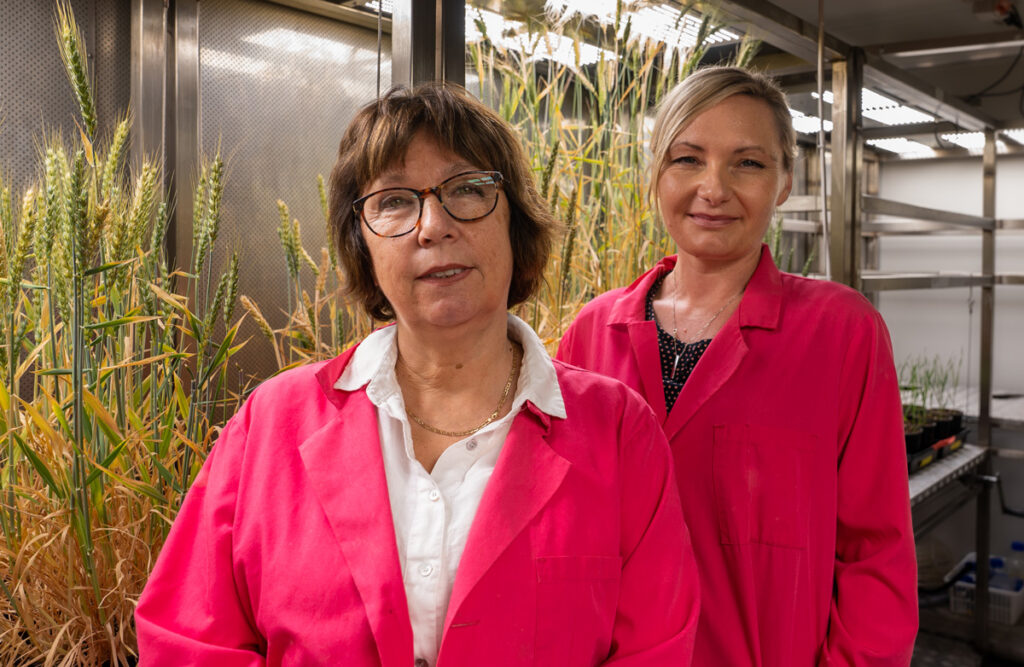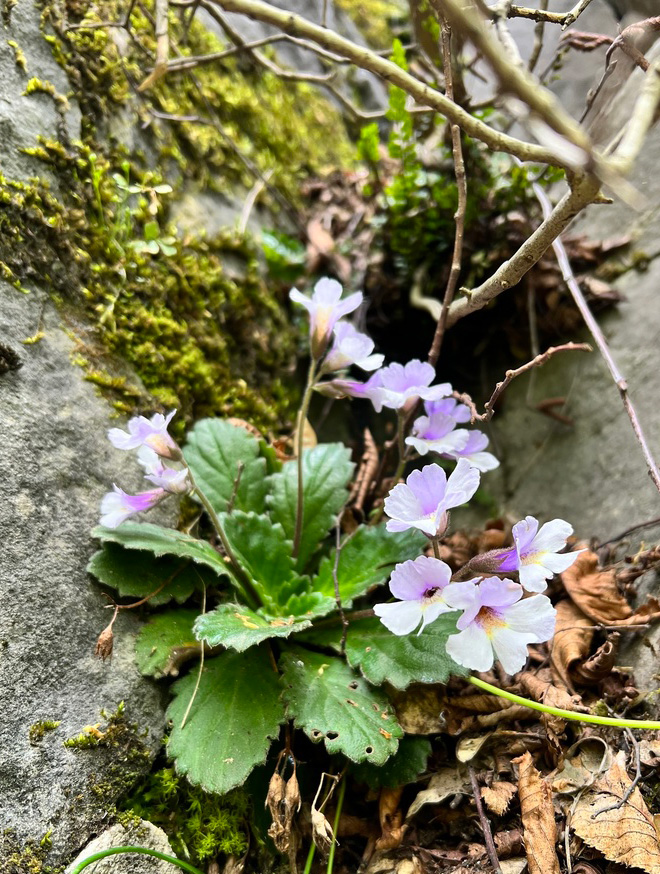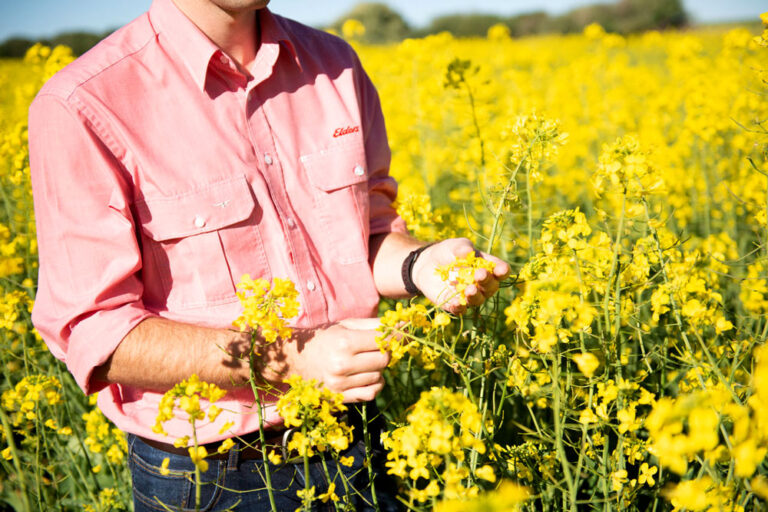A rare Orpheus plant found in mountainous reaches of Bulgaria can tolerate drying out for prolonged periods and then rapidly restore itself

The rare Haberlea rhodopensis plant that can ‘resurrect’ itself after prolonged periods without water could hold clues to improve drought resistance in crops.
Dr Monika Murcha and Dr Aneta Ivanova, from The University of Western Australia’s School of Molecular Sciences, worked on a collaborative project with an international team which included scientists from the AgroBioInstitute in Bulgaria where the Orpheus plant, Haberlea rhodopensis, grows in the mountains.
Dr Murcha said the research involved examining mitochondria in the leaves, where energy for the plant was produced.
“We found when the leaves were drying the mitochondria switched on an alternative pathway to allow the plant to survive and stay in an active state, despite it looking shrivelled up,” Dr Murcha said.
“So, when it does come in contact with water, it is ready to go. It has all the material and building blocks it needs to make energy quickly and start growing, resurrecting and regenerating.”

Dr Murcha said most other plants would die in similar circumstances and understanding how the Orpheus plant worked could help adapt other species to become more resistant to low water conditions and drought.
“If we could activate certain mechanisms that prevent damage to the plant when drying then we could apply it to crops to become drought-resistant,” she said.
“Because of these amazing properties, they can stay desiccated, or dry, for many years and then resurrect almost instantly.”
Dr Murcha said cosmetic companies were also looking at the plant’s anti-ageing properties to see if it could be used in face creams.

Surely it is just a coincidence
For some time now Bulgaria has been promoting vampire tourism and the rare Haberlea rhodopensis plant could be just want they need to convince people coming back from the dead is a reality in these parts.
Bulgaria became fed-up with losing vampire tourism to Romania who claimed Vlad “the Impaler”, better known as Count Dracula as once living in their domain.
Vlad the 15th century Romanian prince, has been labelled as Count Dracular, the world’s most famous fictional blood-sucker with tens of thousands of tourists flocking each year to Castle Bran in Transylvania.
Bulgarian tourist operators have been promoting the archeological site of the ancient Roman town of Deultum, near the southeastern town of Sredets, with a sketchy vampire link of its own, where the skeletons of 17 youngsters in the 4th century AD had their bodies nailed to coffins.
Some scientists believe the ritual was aimed at preventing the dead from rising from their graves, vampire-style.
And while it is hoped the ancient town of Deultum, might lure up to 10,000 international visitors a year to the region, tourism operators might find more customers for a plant that for all intends and purposed is dead for ages, but can spring back to life with just a lick of water.













